I spent the day catching up on a week or more of newspapers. While I'm reading, I always think about what might be interesting (or shocking!) to you, but by the time I finish reading, I'm so depressed and I don't want to depress you, too, so I usually don't write about it.
There was one article from yesterday's La Prensa that really shook me up, even though there are terrible stories like this every single day. I guess because a North American was involved it hit closer to home.
A 39-year-old U.S. veteran in Comayagua, (a medium-sized town in Central Honduras) closed and locked his restaurant doors a little after midnight on Monday but left the parking lot gate open since he still had several customers inside, some doctors and some Americans, as well as two waiters. Three men came to the door a little later and were told that the restaurant was closed.
One of the men became enraged, returned to his car where he retrieved a 9-mm pistol and a hammer. Witnesses told reporters that the men were drunk and that he proceeded to break in the door with the hammer, saying that he was a "high commander of the police and no son of a b*tch is going to close a business from me."
He shot at the American, who hid behind the bar for safety and apparently shot back (but that part is not clear from the article). Seeing the commissioner shot, one of the three men, a relative of the police commissioner, jumped up on the bar and shot at the American.
Both the American and the police commissioner, who was the Inspector General and Director of Transit of the National Police, were killed. The American died after receiving 17 bullets and having his head smashed in with the hammer.
A witness, sister-in-law of the American, stated that she suspected that the aggressor was truly a police officer because when the police arrived they carried him out to the patrol car and left to take him to the hospital. They did not enter the premises for investigation nor speak with any of the several witnesses.
One newspaper reported that the two other men, both relatives of the commissioner, were detained to hear their side of the story. Two newspapers did report that the police found cocaine, presumably in the police officer's vehicle. El Tiempo reported today that the sister-in-law has since received two death threats for speaking to the media about this event. She told the newspapers that she has no enemies so that if anything happens to her, it will be because of this.
Even though the American had lived in Honduras for 18 years, was married to a Honduran and had children in Honduras, the headline read, "Gringo y comisionado de policía se matan a balazos" (Gringo and police comissioner died from gunshots). As is always done in La Prensa, the dead, mutilated bodies were shown in a quarter page photo.
The next day, the police commissioner received an official funeral with full honors and several high level police commanders in attendance. Police officials stated that the commissioner was an honest man and that he was probably upset because he was hungry and saw other patrons in the restaurant being served. (Oh, that explains it.)
As is normal in Honduras, no mention was made in today's paper and that is probably the last we will hear about the issue. The police will declare it an ajuste de cuentas (roughly: settlement of scores) which means they were both at fault and no further action will be taken, even though it seems pretty obvious that the second man must have shot and beat the American to death after the commissioner was hit with a bullet. No comments were reported from the U.S. Embassy.
There was one article from yesterday's La Prensa that really shook me up, even though there are terrible stories like this every single day. I guess because a North American was involved it hit closer to home.
A 39-year-old U.S. veteran in Comayagua, (a medium-sized town in Central Honduras) closed and locked his restaurant doors a little after midnight on Monday but left the parking lot gate open since he still had several customers inside, some doctors and some Americans, as well as two waiters. Three men came to the door a little later and were told that the restaurant was closed.
One of the men became enraged, returned to his car where he retrieved a 9-mm pistol and a hammer. Witnesses told reporters that the men were drunk and that he proceeded to break in the door with the hammer, saying that he was a "high commander of the police and no son of a b*tch is going to close a business from me."
He shot at the American, who hid behind the bar for safety and apparently shot back (but that part is not clear from the article). Seeing the commissioner shot, one of the three men, a relative of the police commissioner, jumped up on the bar and shot at the American.
Both the American and the police commissioner, who was the Inspector General and Director of Transit of the National Police, were killed. The American died after receiving 17 bullets and having his head smashed in with the hammer.
A witness, sister-in-law of the American, stated that she suspected that the aggressor was truly a police officer because when the police arrived they carried him out to the patrol car and left to take him to the hospital. They did not enter the premises for investigation nor speak with any of the several witnesses.
One newspaper reported that the two other men, both relatives of the commissioner, were detained to hear their side of the story. Two newspapers did report that the police found cocaine, presumably in the police officer's vehicle. El Tiempo reported today that the sister-in-law has since received two death threats for speaking to the media about this event. She told the newspapers that she has no enemies so that if anything happens to her, it will be because of this.
Even though the American had lived in Honduras for 18 years, was married to a Honduran and had children in Honduras, the headline read, "Gringo y comisionado de policía se matan a balazos" (Gringo and police comissioner died from gunshots). As is always done in La Prensa, the dead, mutilated bodies were shown in a quarter page photo.
The next day, the police commissioner received an official funeral with full honors and several high level police commanders in attendance. Police officials stated that the commissioner was an honest man and that he was probably upset because he was hungry and saw other patrons in the restaurant being served. (Oh, that explains it.)
As is normal in Honduras, no mention was made in today's paper and that is probably the last we will hear about the issue. The police will declare it an ajuste de cuentas (roughly: settlement of scores) which means they were both at fault and no further action will be taken, even though it seems pretty obvious that the second man must have shot and beat the American to death after the commissioner was hit with a bullet. No comments were reported from the U.S. Embassy.




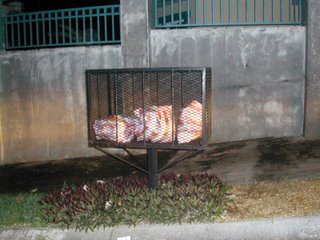



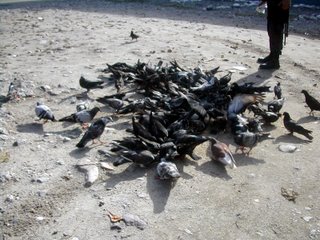

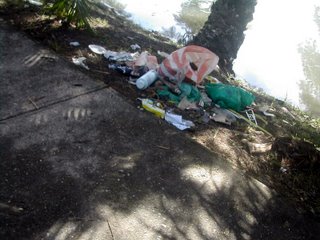
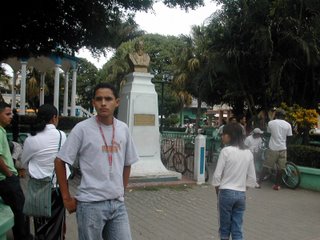
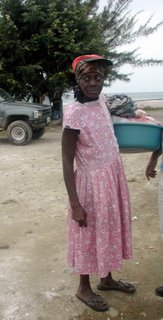
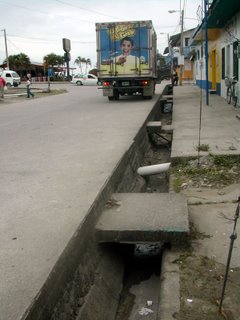

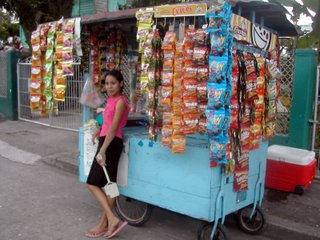
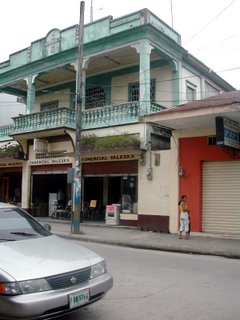
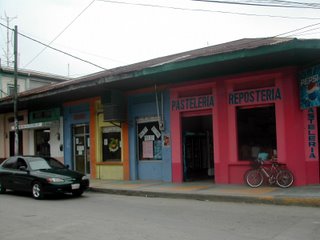


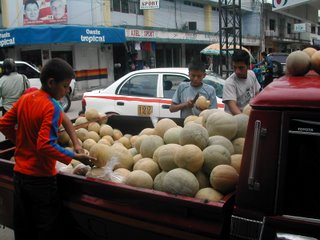

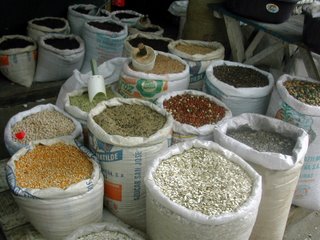
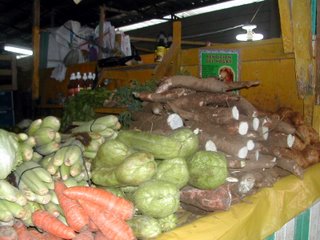
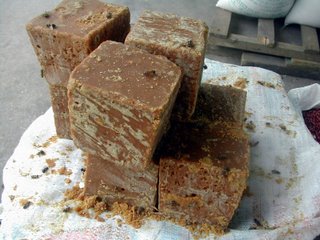
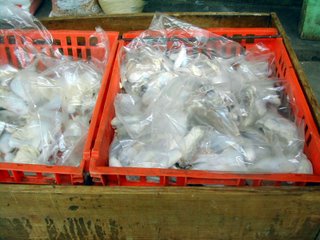
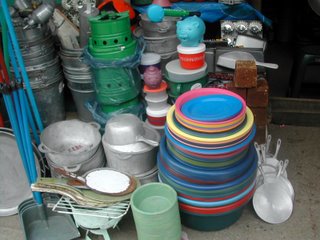
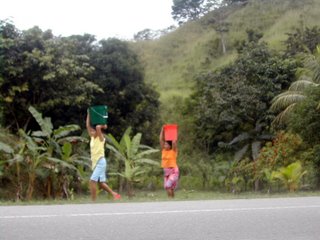
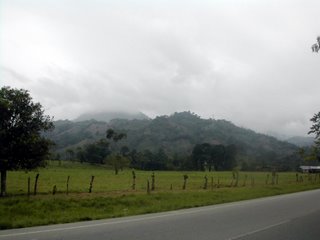



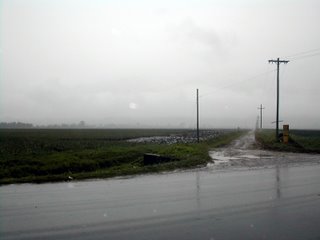

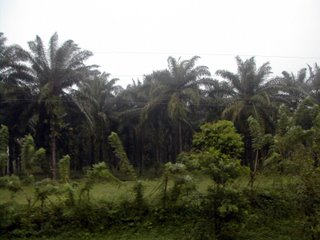

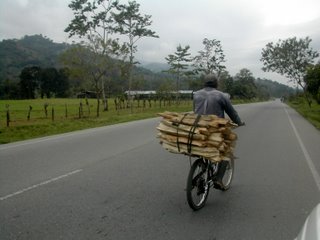

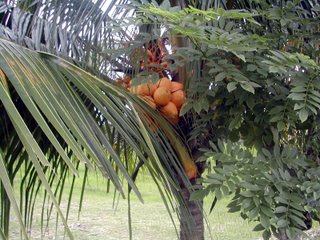

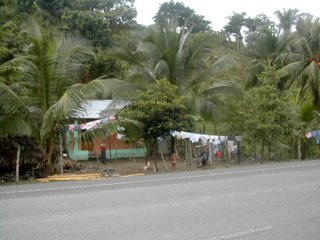
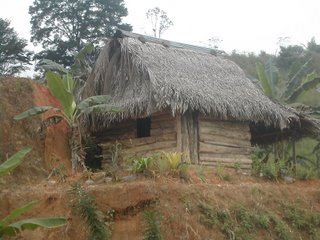


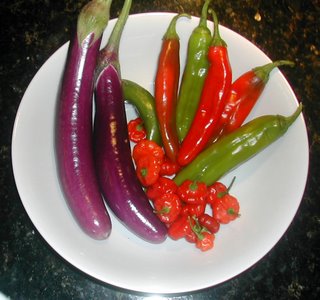







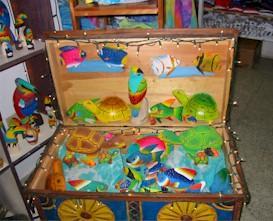
 Welcome to my Blogicito —
Welcome to my Blogicito — 








